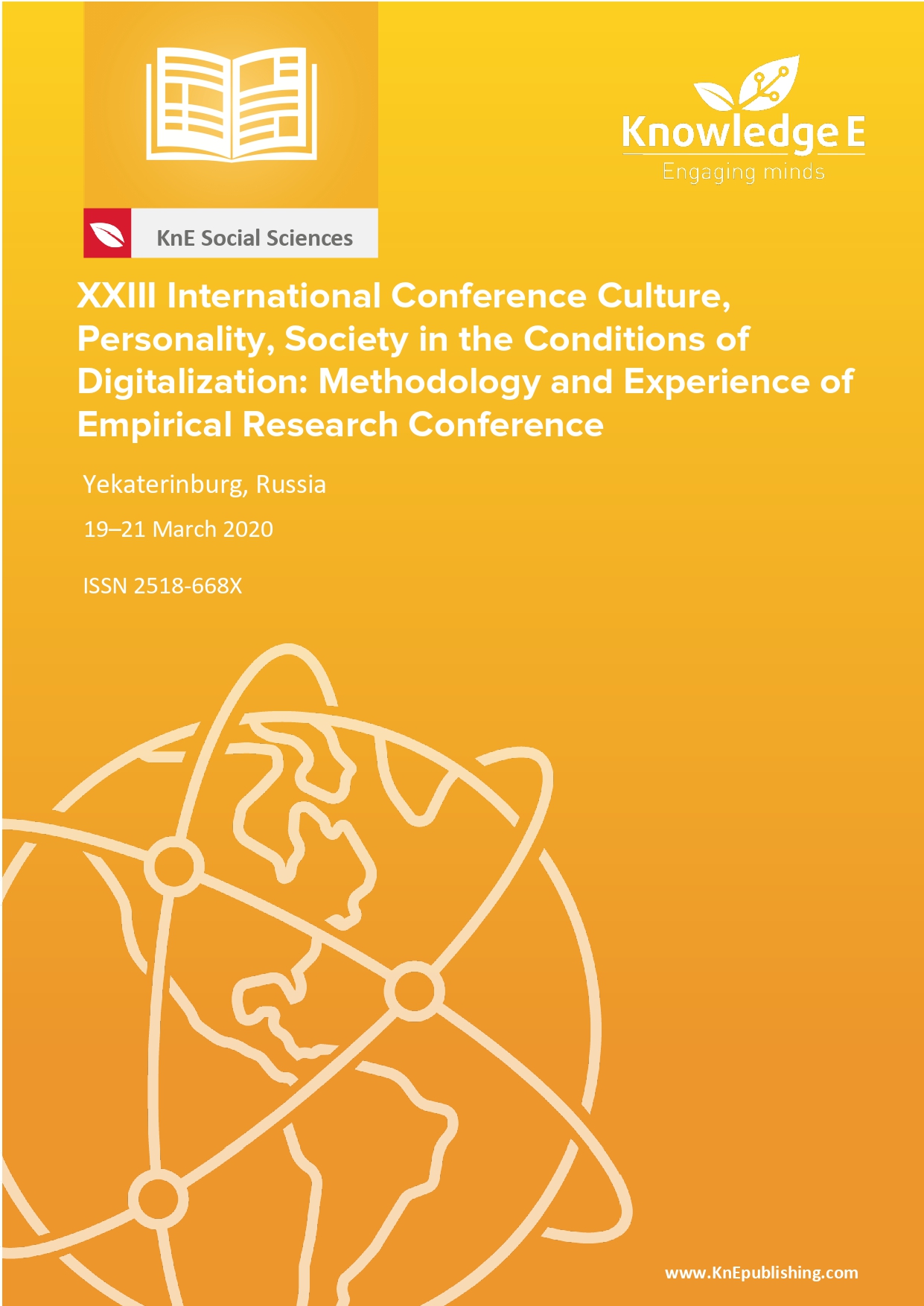BRICS Countries Education Export: Challenges and Forecasts
DOI:
https://doi.org/10.18502/kss.v5i2.8332Abstract
The purpose of this research is to study how the BRICS countries can ensure the active involvement of foreign citizens from partner countries, taking into account the territorial and sectoral segments of the world market. The work relies on expert panels, aimed at reducing initially differing points of view of experts from different countries to more consistent provisions. This method allowed us to record changes in the observed values, characteristics, to study the dynamics of the development of processes in the field of education export. Export of education allows an increasing the number of foreign citizens to study in higher education institutions in BRICS states. Based on the factor analysis of the national education systems of the BRICS countries in terms of tasks and forecasts, a matrix of requests from scientific fields is compiled and recommendations are made.
Keywords: national education systems, export education
References
Baturina, L. (2019). Education system in Brazil. Education News Aggregator, vol. 3, issue 109, p. 27.
Department Ofscience & Technology of India. (2002). Retrieved February 2, 2020 from https://dst.gov. in/sites/default/files.
Economic and Financial Data for South Africa. (2019). Retrieved January 3, 2020 from http://wwwrs. resbank.co.za/webindicators/
Government of India Department of Science & Technology Ministry of Science & Technology New Delhi. (2019). p. 316.
InfoProfi. (2019). Retrieved February 10, 2020 from https://info-profi.net/professii-budushhego/ _Skolkovo
Ministry of Education of the Brazil. (2019). Retrieved January 5, 2020 from http://portal.mec.gov.br/
Ministry of Education of the PRC. (2019). Retrieved January 18, 2020 from http://www.moe.edu.cn/
Ministry of Science and Higher Education of the Russian Federation. (2018). Retrieved January 11, 2020 from https://www.google.com/
National Bureau of Statistic of China. (2018). Retrieved January 13, 2020 from http://www.stats.gov.cn/ tjsj/ndsj/2018/indexeh.htm
OECD/United Nations. (2011). Economic Diversification in Africa: A Review of Selected Countries, OECD Publishing 2019. Retrieved February 4, 2020 from http://dx.doi.org/10.1787/9789264038059-en
Pivovarov, Y. S. (2016). BRICS countries: development strategies and mechanisms of interaction and cooperation in a changing world. INION RAS, Moscow, p. 590.
Statistics South Africa. (2019). Retrieved January 10, 2020 from http://www.statssa.gov.za/
The World Bank Group. (2009). Retrieved February 4, 2020 from https://data.worldbank.org/indicator
UNESCO. (2019) Education: An unprecedented crisis.Retrieved January 23, 2020 from http://www. unesco.org/
Unicamp. (2019) São Paulo universities are worth what they are worth. Retrieved February 3, 2020 from //https://www.unicamp.br/unicamp/noticias/
World Investment Report. (2019). Retrieved January 4, 2020 from https://unctad.org/en/

